Joao Sita started his visual effects career more than two decades ago. Throughout his journey, he has worked at several studios including Hybride, Rodeo FX, and Image Engine, before becoming a part of the Framestore team in 2019. His portfolio includes projects like Chappie, Army of the Dead, Slumberland, and 1899.
Bringing over 15 years of visual effects expertise, with extensive experience at MPC, Thiago Martins joined Framestore in 2019. He has contributed to films like Alien: Covenant, The Predator, Lady and the Tramp, and Peter Pan and Wendy.
How did you get involved on this series?
Joao Sita (J.S): I worked as the Visual Effects Supervisor for Framestore, overseeing the asset work for Yao Guai and Gulper, as well as all shot work. In total, Framestore completed 116 shots.
What was your feeling to be part of such an iconic franchise?
J.S: It was fantastic to have the opportunity to work on a project that combined such a beloved game franchise with the creative direction from Jonathan Nolan. It had this sort of mystery in how it would all come together that kept us curious and invested throughout the project.
How was the collaboration with the showrunners and VFX Supervisor Jay Worth?
J.S: Jay was our point of contact and came to Framestore to do the post-viz which was really helpful. Once we were in shot work, a few questions had been ironed out, and the focus was on how to maintain the showrunners’ vision. Since Jay had worked with Jonathan in the past, he was able to give us all the information needed to bridge the vision expected for final work, yet allowed us to pitch in different takes on performance or propose changes in look staying true to the scope.
How did you organize the work between you and with your VFX Producer?
J.S: We defined the extent of our roles pretty early with me looking after most of the creative/technical aspects of the work and Antoine Sitruk, VFX Producer, would take care of the scheduling/crewing, and both would look after the project as a whole. We communicated clearly to one another and kept the team up to date to changes. We were keen to hear the crew’s ideas and interest. With Antoine taking the reins of the communication between Framestore and the production team at Kilter, the creative side could take priority during dailies and client calls. It takes a lot of synergy between the VFX Supervisor and the VFX Producer to make a project run smoothly.
What are the sequences made by Framestore?
JS: For Yao Guai, the sequence in Episode 2 where Titus and Maximus find themselves investigating a cave and being confronted by Yao Guai. We worked on the full sequence from Titus fighting with Yao Guai to Yao Guai getting shot. A very nice range of performance for the creature in this sequence with some personal and up-close moments and quite a bit of interaction between our CG creature and the in-camera power–armor. The whole mauling and tearing of the armour at the end of the battle was rather nice to choreograph with the stunt performance and our character. I love how it turned out with the creature look with the burnt flesh, radioactive wounds, and the remaining fur rather sparse with abnormal body proportions really in line with the game.
For Gulper, we worked in a few sequences, from the first time we teased the character when Gulper snatches a baby deer and grabs Wilzig’s head, to the fight with Lucy and the Ghoul in the pier. While working on those sequences we got a new sequence featuring baby gulpers and that was really like the cherry on top of all the work we were doing.
Can you walk us through the creative process behind designing the Yao Guai and Gulper creatures for the Fallout series?
JS: For both creatures, the game design was a starting point. The general look influenced all the radiation mutation, certain asymmetric body proportions, and helped ground us in the game universe.
For Yao Guai, we started from a concept provided by Framestore Art Department and developed all the texture/lookdev introducing all sorts of blisters, wounds, sores, radiation deformities and the fur. We looked into bears, gorillas and other animals that could shift from supporting their body in 4 limbs to standing up as it had to fight upright and run. The naturalistic motion from these animals was then broken down into how much of that organic motion we could retain on our character and then we had to consider how all this radiation and mutation could affect its mobility. Yao Guai had to convey the size and strength of a big bear and be very muscular like a gorilla, so we kept some of the muscle and fat simulations to the minimum to allow the reading of a solid structure that was nearly indestructible. That solid muscular body along with the very organic looking wounds made the creature really come to life.
Gulper also started from the game as an inspiration but very early deviated from it as the creature in the series had to be portrayed as the result of an experiment done in Vault 4 trying to hybridize humans and radiation resistant species which creates the amphibian-human like mutation. Once again, Framestore Art Department was responsible for the concept and from there we looked into how the mechanics of the creature would be and created the model with those features in mind.
Human features such as eyes, hands and arms remained close to the human form to create a sense of connection with the audience. The skin also leaned towards the human skin with few sores and wounds additions but we stayed away from the slime-y or scale-y look found in other amphibians/reptiles as it made the mutation with a human less obvious.
The constricting/gulping motion while swallowing Thaddeus required quite a lot of rigging and a fine balance between what was animated and which portions would be simulated. We can’t forget the fingers in the mouth. Having the fingers to behave like normal human fingers while moving with the creature’s gums and the whole gulping action was a really interesting puzzle to sort out. The mandate was to create the most possible tension between the inside of Gulper’s mouth and Thaddeus’ body so the audience would feel there was no way for him to escape by himself.
What were some of the key inspirations or references you drew upon when conceptualizing these creatures?
J.S: For Gulper, we got inspiration from the axolotl for the general body and gills by the side of the head and the japanese salamander for the skin pigmentation/pattern however, as we needed to remain in the human like hybrid we adjusted those to stay closer to the human skin in terms of shading. For the inside of the mouth, the cat tongue spikes called papillae were the initial reference as it would aid the holding function the inside of the mouth needed to perform but we then swapped to the human fingers as the sequence developed. The sores, wounds were based of few references of animals that had suffered insures while in nature such as getting a scratch as they brushed into something sharp, or from a fight with another animal We also added skin rashes due to radiation exposure.
Yao Guai, the anatomy resembles a bear with modifications done to bring it closer to the game design with longer muzzle and adding more muscle so the creature would look very muscular and imposing. We altered the ears to be pointier, made the eyes come out a bit of the eye socket and present a cataract condition so we would distance the creature from the bear reference.
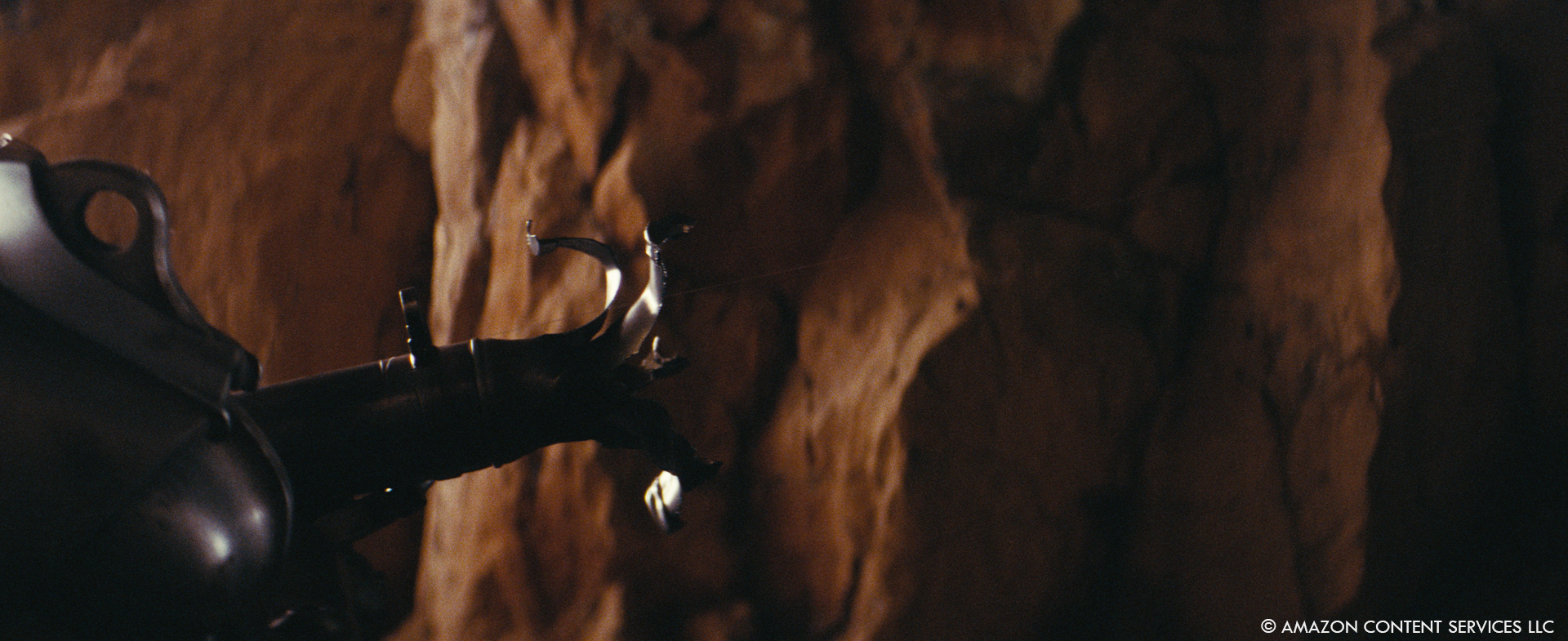
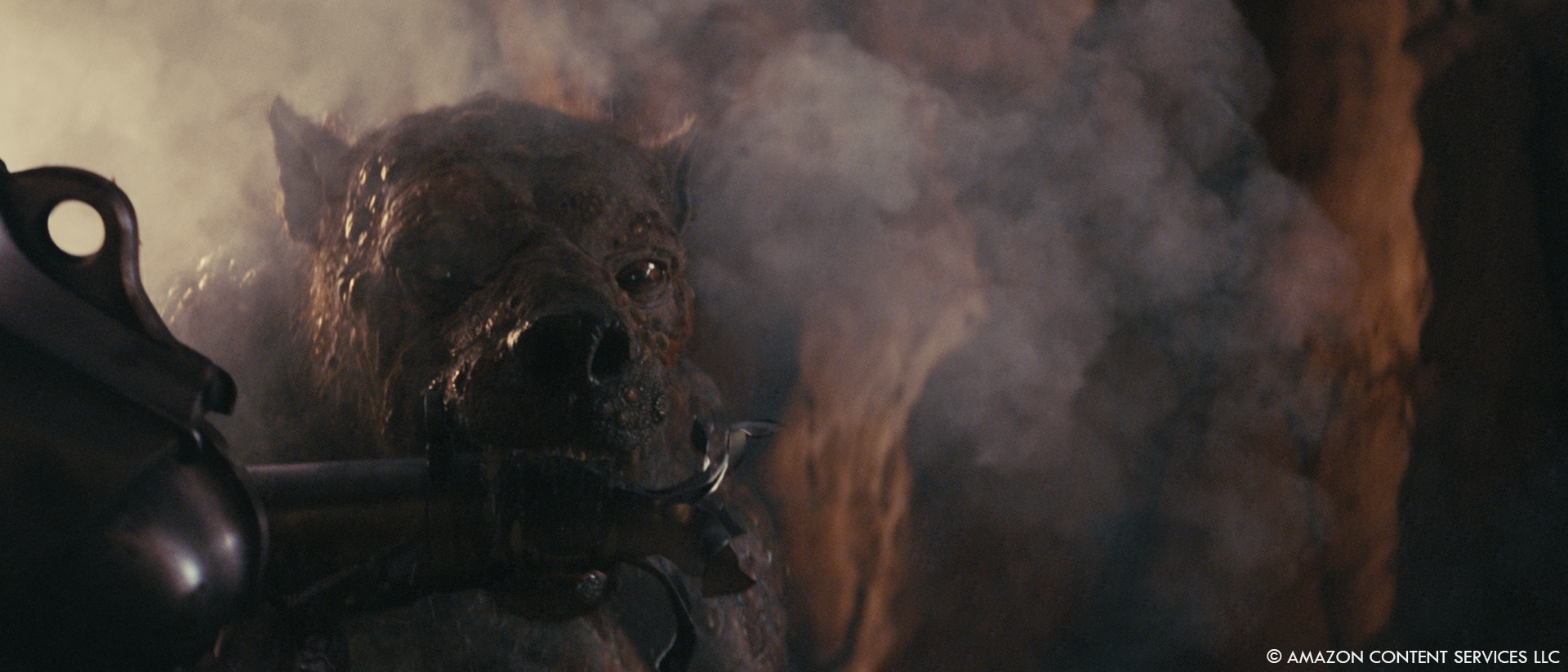
For the look, we found these references of a Spectacled Bear which had no fur due to a genetic disorder that looked very interesting and inspired the reduced amount of the fur. For the fur itself, it was short, coarse and we did a couple of iterations on the distribution, length and how it should be dressed around certain wounds but still flow over and inside some of the wounds to create a more dynamic direction with some of the fur embedded in blood both dry and fresh. For the final groom, we explored patches of longer fur in certain areas and ended up with a hyena-like maine that has denser fur on the upper back and a line that flows from the neck to the tail with longer fur. that created a nice silhouette and overall added to the radiation effects present in its skin. For the skin, real burnt skin, skin rashes and wounded animals were the base and on top of that we added all the pustules, blisters and colour variations needed . It was challenging to distinguish the areas which were continuously affecting the creature overtime so we ended up creating a sense of progression with the wounds in various stages of scarring, others fresh but all portrayed as the result of exposure to radiation in a hostile environment.
How did you ensure that the design of these creatures stayed true to the aesthetic and lore of the Fallout universe?
JS: Here once more, Jay had already walked us through the vision for the show and how much of the game they wanted to stay true to. With that in mind, we would continue to propose changes that were both based on real world reference or seeing in one of the game versions, and from there we would work up to that intention of staying true to the original but adding as much realism as possible.
What were the biggest challenges you faced in bringing the Yao Guai and Gulper to life through animation?
Thiago Martins (T.M.): For Yao Guai we had a challenge to come up with a hybrid performance that would show some human behaviour yet with its physical form. While inside the cave Yao Guai fights the Power Armour mostly standing on two feet. Thus to make him believable we had to find the right amount of movement so it does not perform like a person inside a suit. Outside of the cave a big challenge was to best perform it interacting with the Power Armour, being sure to show the proper contact and still find the best opportunity to feel the monstrosity and aggressive behaviour.
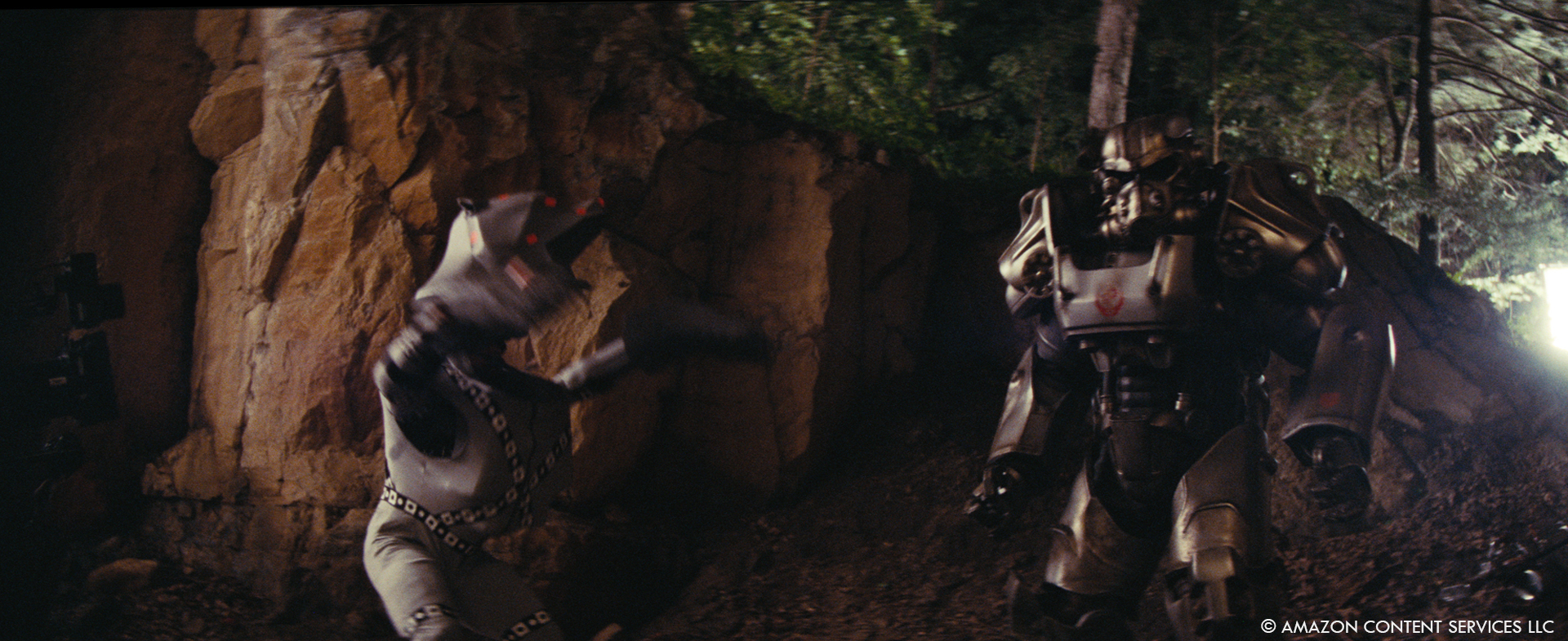
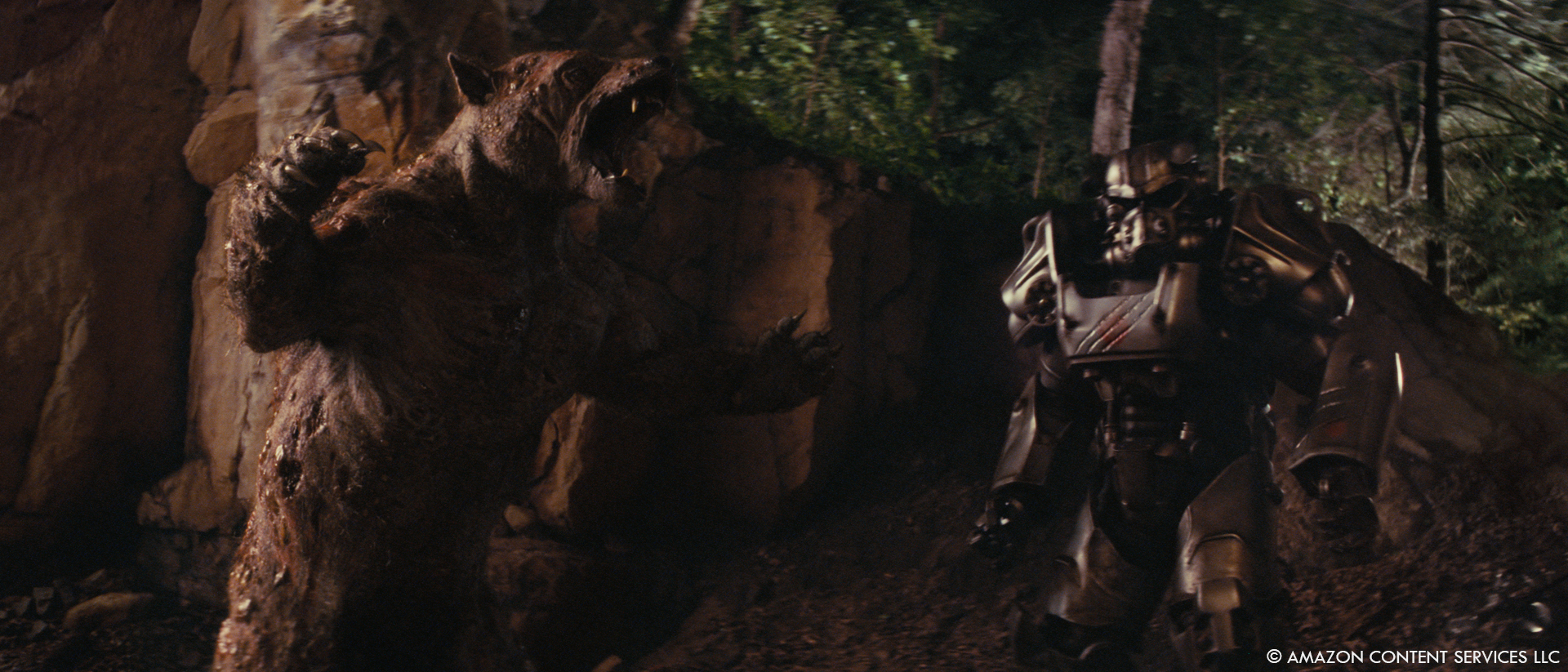
For Gulper, definitely the most challenging shots were the ones Gulper was gulping Thaddeus, animating the mouth with all the fingers while and being sure the contact worked properly required a lot of back and forth with CFX to insure the quality.
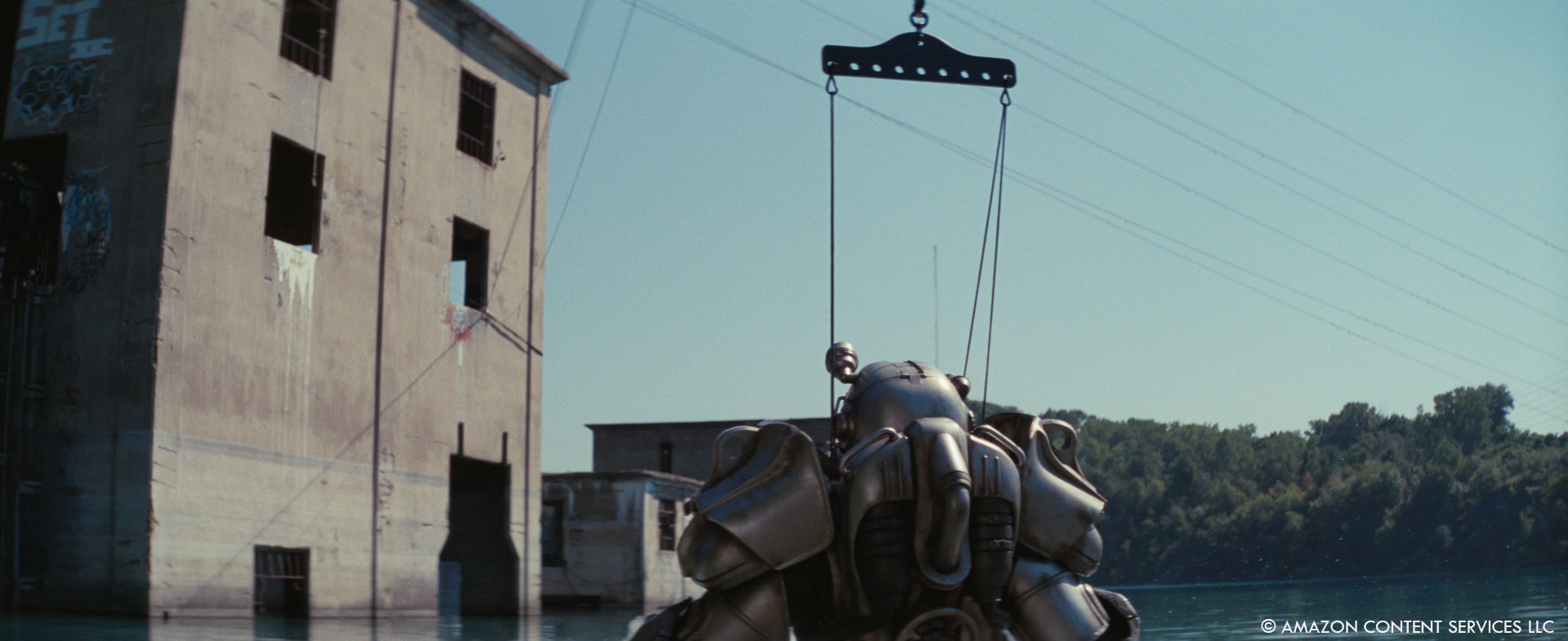
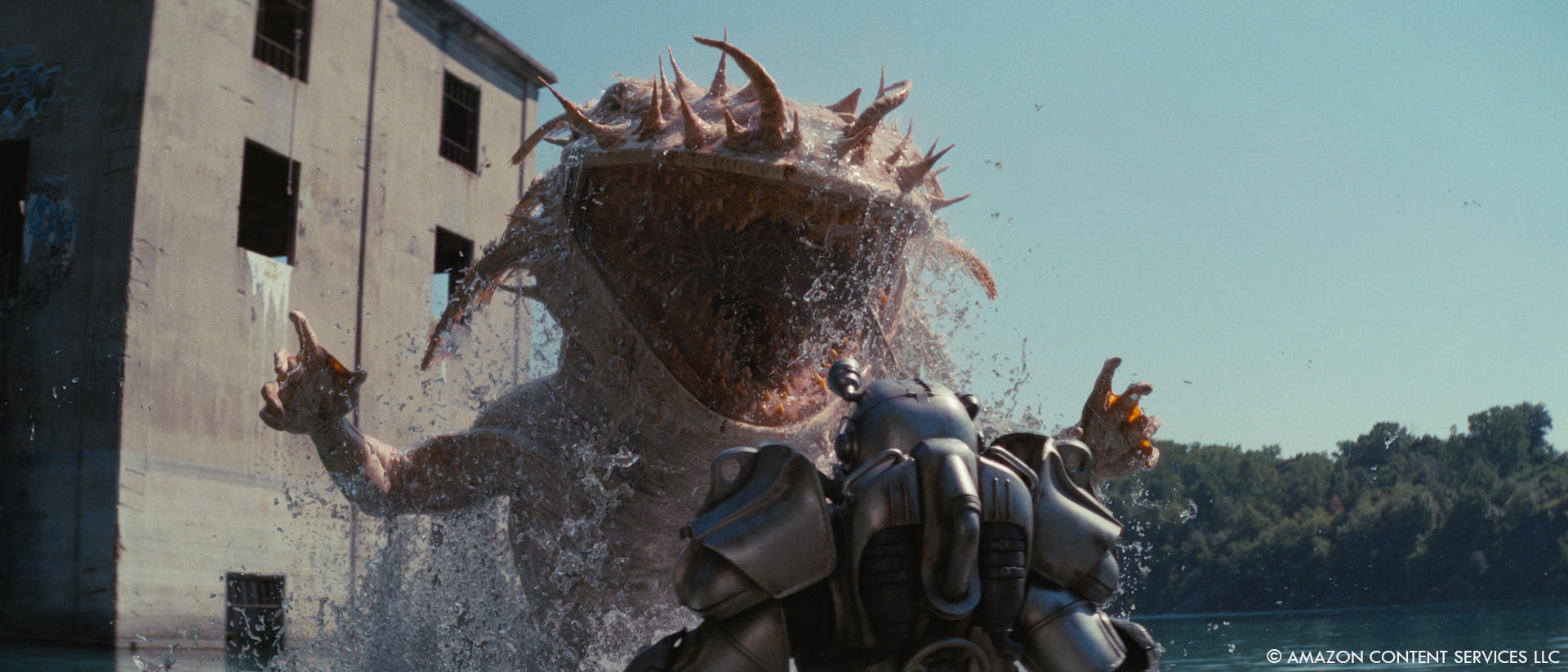
Could you discuss the technical aspects involved in animating these creatures, such as rigging and motion capture?
T.M: For this project we produced the animation in a traditional keyframe method using rigged characters. In general we gathered all the references we needed per shot, including the stunt practical footage shared by the client, then we would start the animation. In moments where the references were not fulfilling what we needed for the characters, we relied on the creative input and experience that each animator could make while animating the shot.
How did you approach balancing realism with the fantastical elements inherent in the Fallout universe when animating these creatures?
T.M: Mostly with use of references and the expertise Framestore has with Creature animation.
Were there any specific behaviors or movements that you wanted to emphasize in the animation of the Yao Guai and Gulpe to enhance their characterization?
T.M: For Gulper, surely the gulping action was the most unique behaviour that creature could have. Between the direction provided to us and our tests, we came up with what is on the screen where besides the mouth and neck movements the inside parts took an important role, specifically the fingers grabbing the victim.
Yao Guai looking so much like a bear and still fighting for so long in two legs against Titus, showcases a crucial humanoid behavior. We ensured that it did not look like a person in a suit but rather a heavy creature moving and fighting authentically.
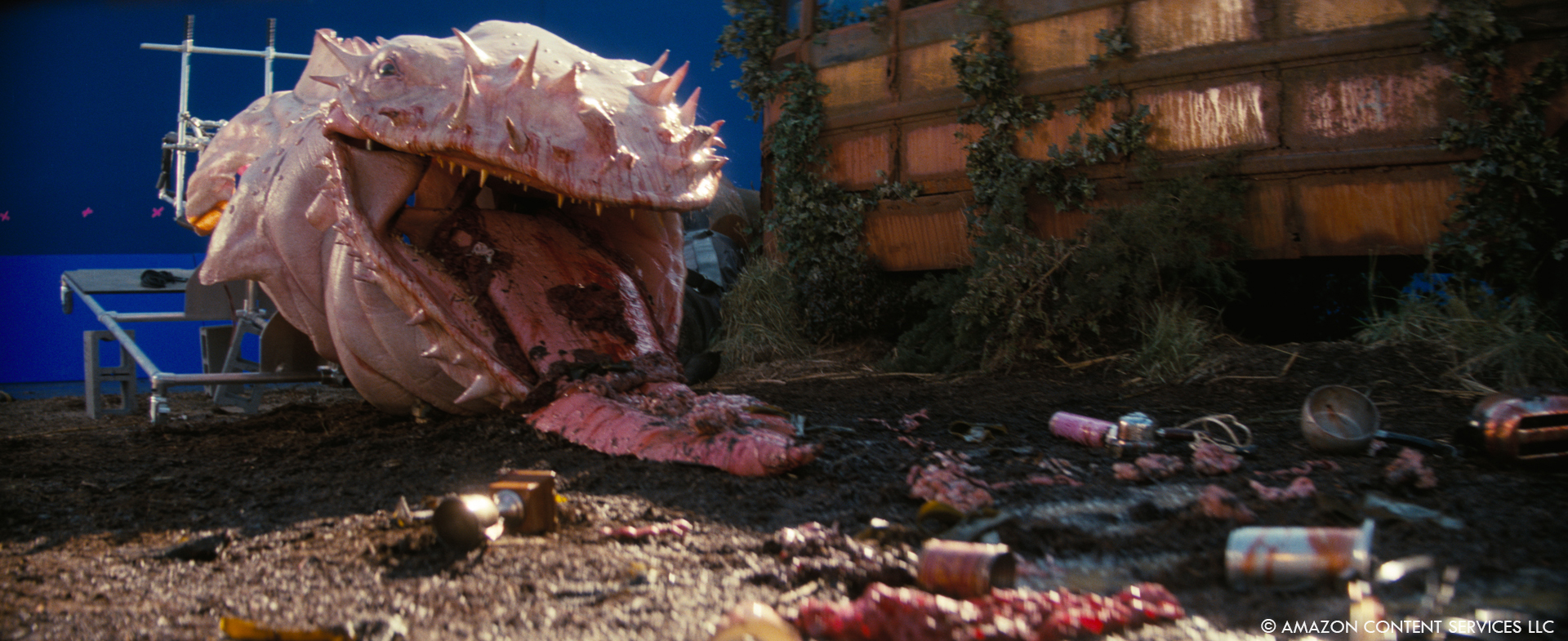
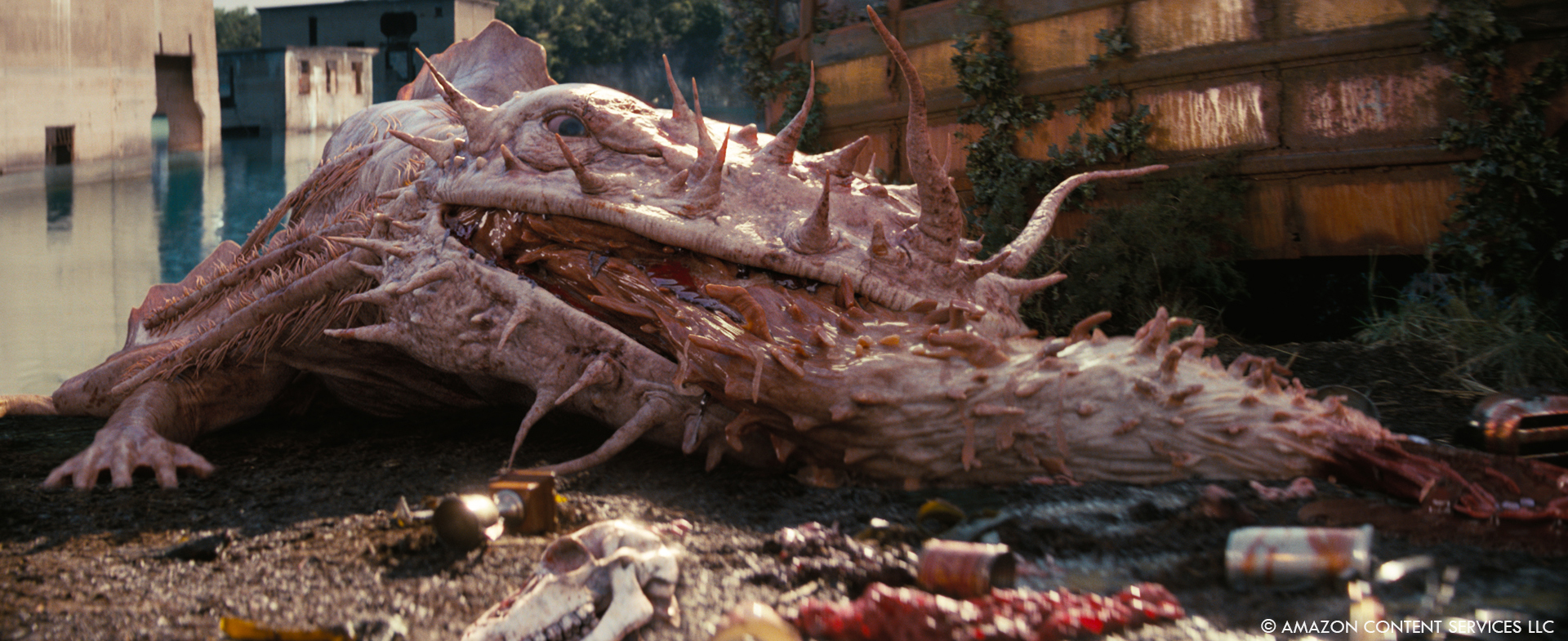
How did you collaborate with other departments, such as concept art and game design, to ensure cohesion in the overall portrayal of these creatures?
J.S: Framestore Art Department designed both Yao Guai and Gulper based on the game designs as well as iterations of changes required. Once in shot work, we did do few modifications to the designs to integrate it to the live-action.
Can you discuss any feedback or revisions that were made during the development of the animation for these creatures?
T.M: Initially, we aimed to have Yao Guai behaviour closer to a bear and the game’s style, but with the directions and request to introduce more performance using two legs while it was fighting, we ended up redoing parts of the animation in order to keep him more on two’s until we got it right.
For Gulper the biggest revisions we had was about the inside of the mouth behaviour, when we had to make him use the mouth fingers to hold and pull the victim to be gulped.
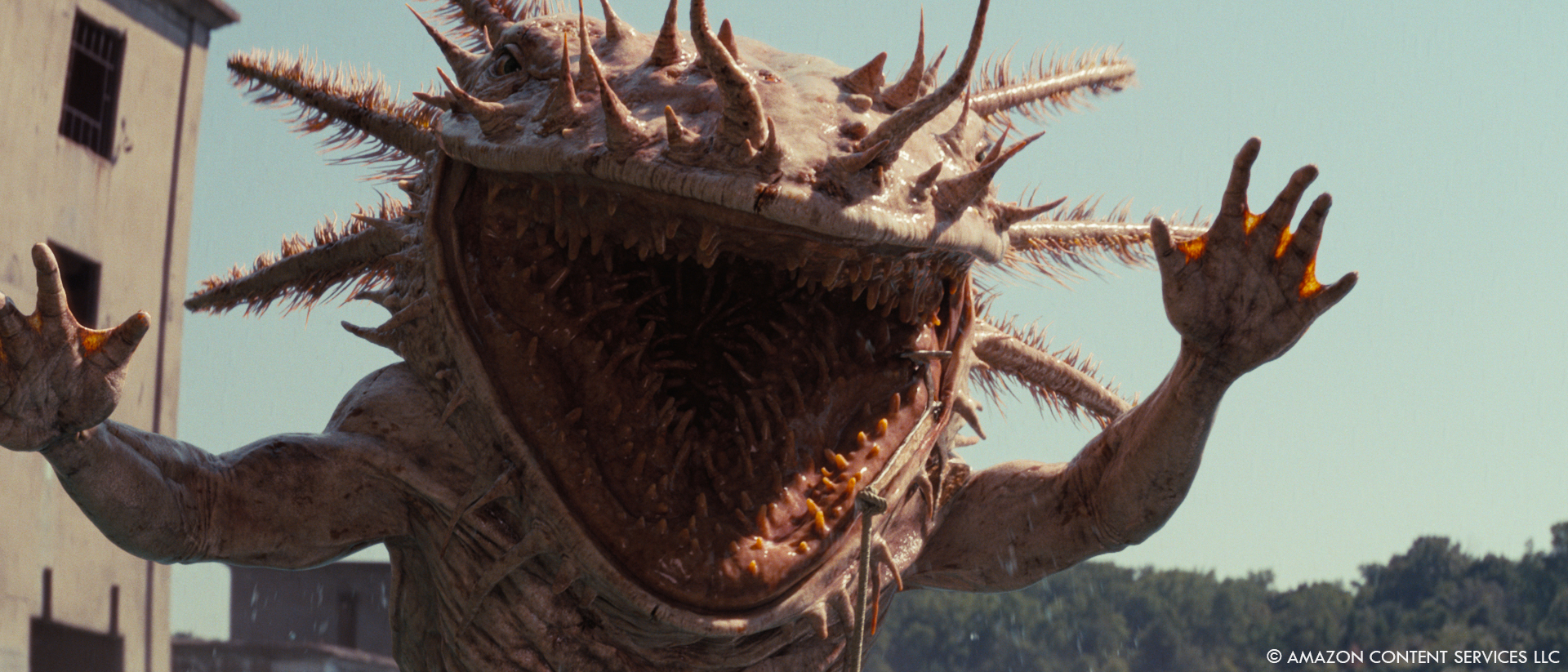
Were there any memorable moments or scenes from the series that you found particularly rewarding or challenging to work on from a visual effects standpoint?
J.S: I really enjoyed the whole development for Yao Guai texture/lookdev with the skin complexity and all the different textures. Endless dailies with variations of thickness on skin, how fresh were the wounds and how wet were the pustules does sound gross but were definitely a highlight and added to the creature a level of realism that really made the character feel real and be part of the scenes.
Looking back on the project, what aspects of the visual effects are you most proud of?
J.S: Both creatures came out with a very unique and complex look that I was really proud of and loved being part of the development of those. Another aspect that really stood out was the water simulations we did for Gulper swimming and coming out of the water. We created a multitude of sims that allowed the creature to really sync in the sims preserving the animation work as well as adding a lot of detail to the water with under the surface bubbles, splashes, spray, mist and foam combined in a very dynamic way.
Tricky question, what is your favourite shot or sequence?
J.S: 3 shots come to my mind: Yao Guai over the rock looking into Titus laying on the ground, the size and pose in that shot along Yao Guai roar looks really epic and mean!
How long have you worked on this show?
J.S: I worked on the project for a little over 1 year.
A big thanks for your time.
WANT TO KNOW MORE?
Framestore: Dedicated page about Fallout on Framestore website.
Jay Worth: Here’s my interview of Production VFX Supervisor Jay Worth.
Prime Video: You can now watch Fallout on Prime Video.
© Vincent Frei – The Art of VFX – 2024






